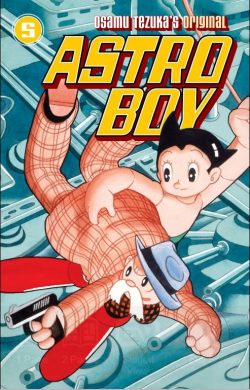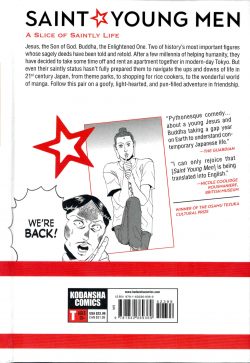
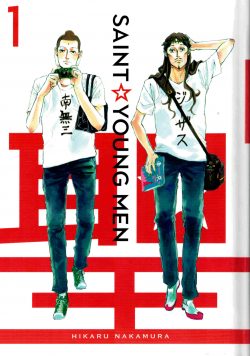
By Hikaru Nakamura, translated by Alethea & Athena Nibley (Kodansha)
ISBN: 978-1-63236-936-9 (HB)
Win’s Christmas Gift Recommendation: ‘Tis the Season to be Thoughtful… 9/10
Here’s a divine treat and global sensation with a lot of timely punch and just a touch of wild eclecticism to boost its appeal, all neatly released in English just in time to make your day and make you think…
Born in April 1984 in Shizoku Prefecture, Japan, Hikaru Nakamura is one of the world’s most successful manga creators, thanks mostly to her thought-provoking yet inviting conceptions such as Arakawa Under the Bridge and the bizarrely engaging buddy-comedy under review today.
In September 2006 Seinto Oniisan began as an occasional gag feature in Morning 2 magazine where, due to its rapturous reception, it grew into an unmissable regular narrative strip that remains to this day. The divine comedy has filled 17 tankÅbon collections plus all the usual mass-media iterations that follow such popularity: a brace of anime DVDs and films, a live-action series and much more.
In this premiere stunning and sturdy hardback English compilation (or its ethereal digital equivalent), more extensive detail and context can be found in the effusive Foreword Hikaru Nakamura’s Saint Young Men Power’ by Nicole Coolidge Rousmaniere (who curated a Japanese Exhibition at the British Museum in which Saint Young Men played a major role). Whilst this aids overall comprehension, the book also graciously provides a comprehensive set of Translation Notes for each chapter episode, offering cultural comparison points, theological points of interest and even general notes on modern life in the East.
It sounds like the opening of a joke – and, in fact, it is – but the narrative premise is simple: one day after a particularly arduous millennial turnover, Jesus Christ and Guatama Buddha opt to take a break from Paradise/Nirvana/the Great Beyond and indulge in a kind of gap year experience by re-manifesting as two young guys in Tokyo: living as anonymous mortals; chasing rent, getting picked on, playing with fashions and new technologies and just generally being human. What could possibly go wrong?
The trials begin in ‘Buddha’s Day Off’ as the impoverished pair settle into their tawdry dwelling and ardently discuss the unexpected ways other people respond to them, after which they try adjusting to culture shock but endure even stranger reactions and responses on overcrowded trains and subways in ‘Most Holy Travels’…
Man-Toys, gadgets and fashions are perennial fascinations for the pair – their near-infinite logo T-shirt collection often acts as a barometer and commentary for what’s about to occur – but it’s hard to leave their pasts behind and the pair as often visit shrines and churches as theme parks. Sometimes – such as in ‘Another Paradise’ – it’s hard to tell them apart. Moreover, although earthbound, their transcendental natures still adversely affect everything around them, leading to unearthly surprises when they become overfocussed on mundane delights such as shopping in ‘Debut Performance’…
‘Oh My Hobby’ finds the holy goofs seeking further homogeneity as Buddha tries screen printing to round out his days whilst Jesus further pursues his dream of being a comedian whilst attempting to curtail his unhappy tendency to make miracles if his concentrates too hard or laughs too much…
Cooling down and discussing their slow assimilation leads to more confusion in ‘Summer Jam at the Community Center’when their oblique mutterings convince a mobbed-up eavesdropper that he’s stumbled into two Yakuza princes trying to get out of “The Lifeâ€, after which ‘Buddha and Jesus’s “Can I Do It?‒ reveals how their escalating heavenly energies compel the pair into staying home and trying new pastimes such as drawing manga and throwing pottery…
There’s another innocently bewildering clash with celebrity, commercialism and gangsterism when the inquisitive waifs attend a ‘Sacred Fall Festival’ before Christmas (in its thoroughly formulated Japan-ised form, and celebrated here by a partial conversion to full-colour for their generally monochrome exploits) intersects with an unfortunate ‘Holy Birthday’for Jesus.
That debacle leads to dabbling with disguises to attend the ‘New Year’s Self-Worship’ ceremony, segueing into a nasty brush with human frailty and disease in ‘Hospital Fever’.
Manly vanity rears its inevitable head when Buddha rashly responds to accusations of becoming a ‘Portly Prince?!’, but it’s his scatty roommate who makes an unlikely public scene by losing concentration in ‘The Park Nearest Heaven’. This leads to a necessary but unwise ‘Pilgrimage’ to the shopping mall before these initial devotions conclude with a catastrophic bout of tonsorial ablutions and accidental miracle-making for the ‘Thrice Stranded Bath Drinker’…
It’s true to say that in fiction, there are precious few original ideas whereas tone and treatment are everything. Whilst not a new notion, the concept of divine beings popping back to Earth is one that has plenty of antecedents but also infinite appeal and permutations, and here at least, there’s been a vast amount of research undertaken to confirm canonical veracity and deep thinking to keep the jokes fresh and outcomes original.
Charming, funny, brash and subtly challenging, Saint Young Men is a delightful peek into other realms that will leave you hungry for further scriptures and might even lead to a lifelong conversion…
© 2008 Hikaru Nakamura. English translation © 2009 Hikaru Nakamura. All rights reserved.
Available in in both paperback and digital formats, this book is printed in ‘read-from-back-to-front’ manga format.
Saint Young Men volume 01will be released on December 19th 2019 and is available for pre-order now.

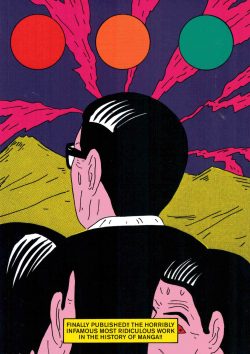


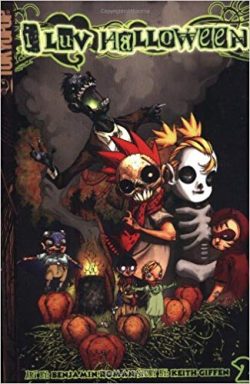
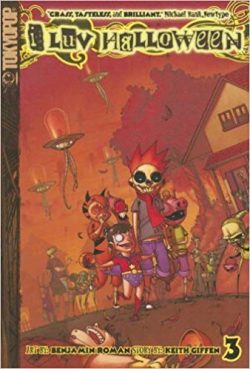
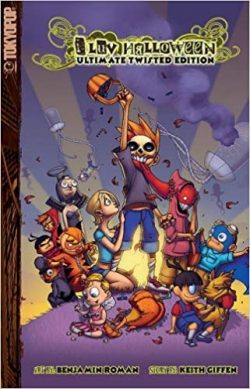
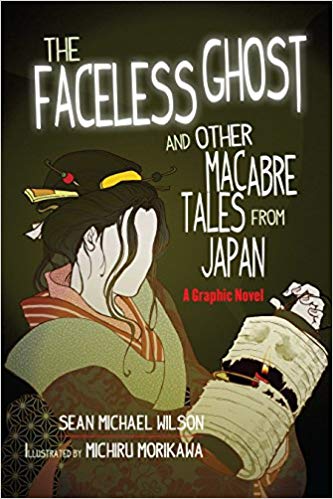
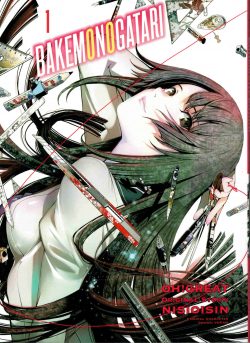



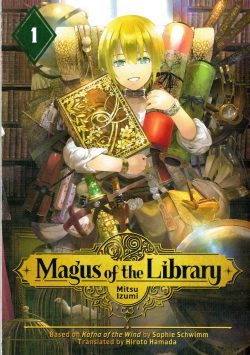
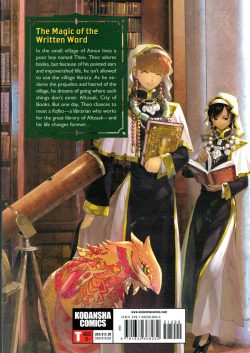
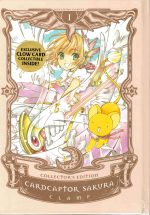


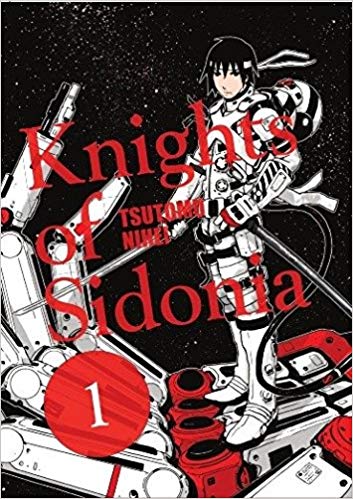
 c
c